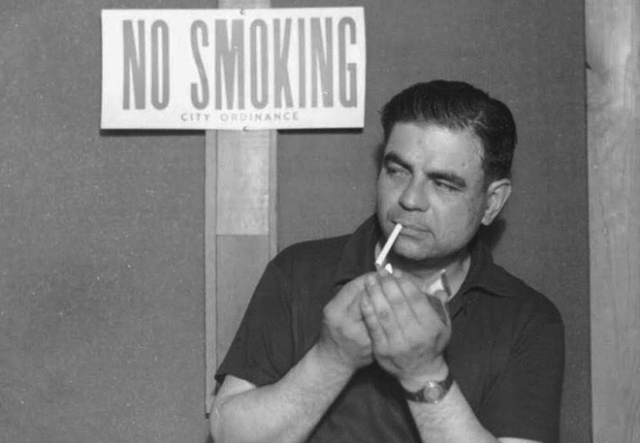
By Maiya Gessling The North American Post
“Elmer Ogawa: After hours with Seattle’s forgotten photographer” is a unique biography that captures both the remarkable life of an almost entirely unknown figure and countless snippets of local history. Through Ogawa’s photographs and correspondence and interviews with what few colleagues, friends and family he could find—including actress and singer Pat Suzuki—author Todd Matthews provides context and a platform for a wealth of photographs and corresponding anecdotes that may otherwise have gathered dust in the University of Washington Libraries Special Collections for decades.
“Elmer Ogawa” is available as an eBook via Amazon, and more information can be found at http://www. wahmee.com/elmer.html. Following is a brief interview with the author.
Tell us a little bit about yourself. How did you get so involved in Ogawa’s work?
“I’ve been a journalist in Seattle for nearly 20 years. I started out writing for a number of newspapers and magazines on a freelance basis. For the past decade or so, I have worked full-time as the editor, reporter, and photographer for a small newspaper in Tacoma. I came across Elmer Ogawa’s photographs at the University of Washington Libraries Special Collections while doing research for a book I wrote several years ago about an old gambling club in Seattle.”
What are some of your favorite of Ogawa’s photographs?
“Ogawa was often on assignment for Pacific Citizen or SCENE Magazine shooting photograph s to accompany human interest stories — Japanese American Seafair royalty, local artists, cultural celebrations, et cetera. He also turned the camera on himself. He shot an interesting series of photographs of himself setting up shots and developing his own photos; kind of an ‘Ogawa at Work’ series.
Without a doubt, however, my favorite photographs are those where Ogawa was in the local taverns and bars: Tim’s Tavern, Bamboo Inn, Klondyke Cafe, and Barney’s Cafe, to name just a few. Ogawa expertly captured the raucous energy of some of these blue-collar watering holes. He largely photographed the camaraderie of people sharing a pint of Rainier, playing billiards, or just crowding into a booth and enjoying each other’s company after work. I also love the portraits he shot of many of the bartenders and waitresses. They look so relaxed and off-guard. It’s clear Ogawa was more than just a photographer — he was one of their regular customers. I think that after a long day at work, Ogawa would stop by one of these taverns, meet up with friends, and take some photographs.”

Why do you think it’s important to share Ogawa’s photography?
“When Ogawa passed away in 1970, he left behind thousands of photographs that show a period of Seattle’s history between the early-1950s and well into the late-1960s. I know I mentioned the bars and taverns, but he also covered a lot of local cultural events and the activities of local cultural organizations, such as the Japanese American Citizens League, American Legion Cathay Post 186, and others. Today, Ogawa’s photographs are buried in the archives at the University of Washington. I think he was a photographer that Seattle historians overlooked. I set out to write Ogawa’s biography to do something — anything! — to raise awareness of his work.

Also, after poring over his photographs for so long, I just wanted to learn more about who he was. Fortunately, I was able to find some of his colleagues, friends, and distant relatives who could shed some light. He was kind of a character, a prankster, someone with a witty sense of humor.
One of my favorite interviews while working on this book was talking to the retired Broadway performer Pat Suzuki, who is now in her eighties and living in Manhattan. Ogawa photographed her when she was just starting her career at The Colony nightclub in downtown Seattle during the 1950s. ‘He had a great face,’ she told me. ‘I remember his personality. I loved his droll humor and easy company. It was lovely!'”
If you could and ask Ogawa any questions of your own, what would they be?

“I think I would just like to know why he was so interested in photography. Along with his photographs, the University of Washington Libraries
Special Collections houses all of his correspondence. I was able to read through everything — letters to friends, family members, editors, et cetera — and I didn’t get the impression that he had hopes of being a fine artist or a famous photographer. Photography didn’t pay the bills for Ogawa. He always had a ‘day job.’ When he wasn’t on assignment shooting photographs, he worked as a pipe fitter and boiler maker in Seattle’s industrial yards. So, I would like to know why he was drawn to photography.”







